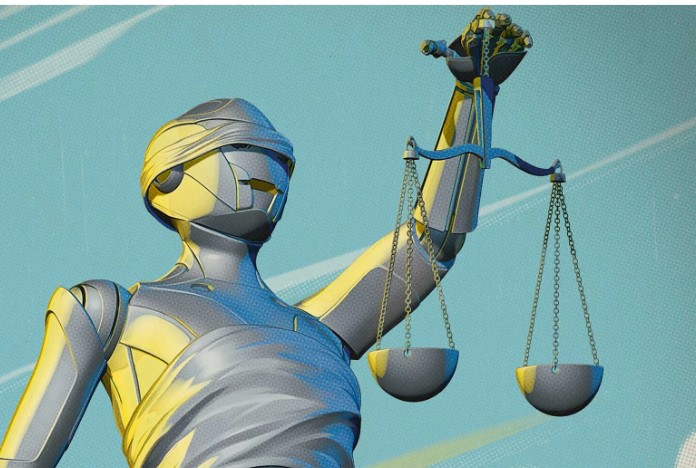
European Union and United States diplomats are meeting today, for the fourth time, to work out how to regulate artificial intelligence (AI).
The EU Commission expects agreement in the European Union this year on the first AI law, in what some see as a global race to manage these new technologies. The key is how to regulate them effectively?
Regulating AI is a complex and evolving task that requires careful consideration of various factors.
Here are some key considerations and approaches that can be taken to regulate AI:
- Ethical Frameworks: Establishing ethical frameworks is crucial to ensure that AI systems operate in a manner that aligns with human values. These frameworks should emphasize transparency, fairness, accountability, and the avoidance of harm.
- Risk Assessment: Conduct comprehensive risk assessments to identify potential risks associated with AI deployment. This includes assessing risks related to privacy, security, bias, and job displacement. Regulatory bodies can work closely with AI developers and experts to evaluate the potential risks and take necessary measures to mitigate them.
- Data Governance: Implement robust data governance practices to ensure that AI systems are built on high-quality, unbiased, and diverse datasets. Regulations can require organizations to follow strict data collection, storage, and usage practices, including obtaining informed consent and protecting user privacy.
- Transparency and Explainability: Encourage transparency and explainability in AI systems, especially those that have significant impact on individuals or society. Regulations can mandate that organizations provide clear explanations about the functioning of AI algorithms and enable auditing and accountability mechanisms.
- Bias Mitigation: Addressing biases in AI systems is crucial to ensure fairness and prevent discrimination. Regulators can require organizations to perform regular audits to detect and mitigate biases in their AI models. Additionally, promoting diversity and inclusivity in AI development teams can help minimize biases.
- Standards and Certification: Establish industry standards and certification processes to ensure compliance with regulations. This can involve creating guidelines for AI development, testing, and deployment, as well as certification programs to verify that AI systems meet predefined standards.
- Ongoing Monitoring and Adaptation: AI regulations should be dynamic and adaptable to the evolving technology landscape. Regular monitoring and assessment of AI systems, as well as collaboration between regulators, industry, and academia, can help identify emerging risks and update regulations accordingly.
- International Collaboration: Given the global nature of AI development, international collaboration and harmonization of AI regulations are crucial. Cooperation between countries can help address challenges such as cross-border data flow, ethical standards, and regulatory consistency.
It's important to note that regulation should strike a balance between enabling innovation and protecting societal interests. An interdisciplinary approach involving policymakers, AI experts, ethicists, and stakeholders from various sectors is necessary to develop effective and responsible AI regulations.
Postnote:
This column was written by ChatGPT
Chris M Skinner
Chris Skinner is best known as an independent commentator on the financial markets through his blog, TheFinanser.com, as author of the bestselling book Digital Bank, and Chair of the European networking forum the Financial Services Club. He has been voted one of the most influential people in banking by The Financial Brand (as well as one of the best blogs), a FinTech Titan (Next Bank), one of the Fintech Leaders you need to follow (City AM, Deluxe and Jax Finance), as well as one of the Top 40 most influential people in financial technology by the Wall Street Journal's Financial News. To learn more click here...


